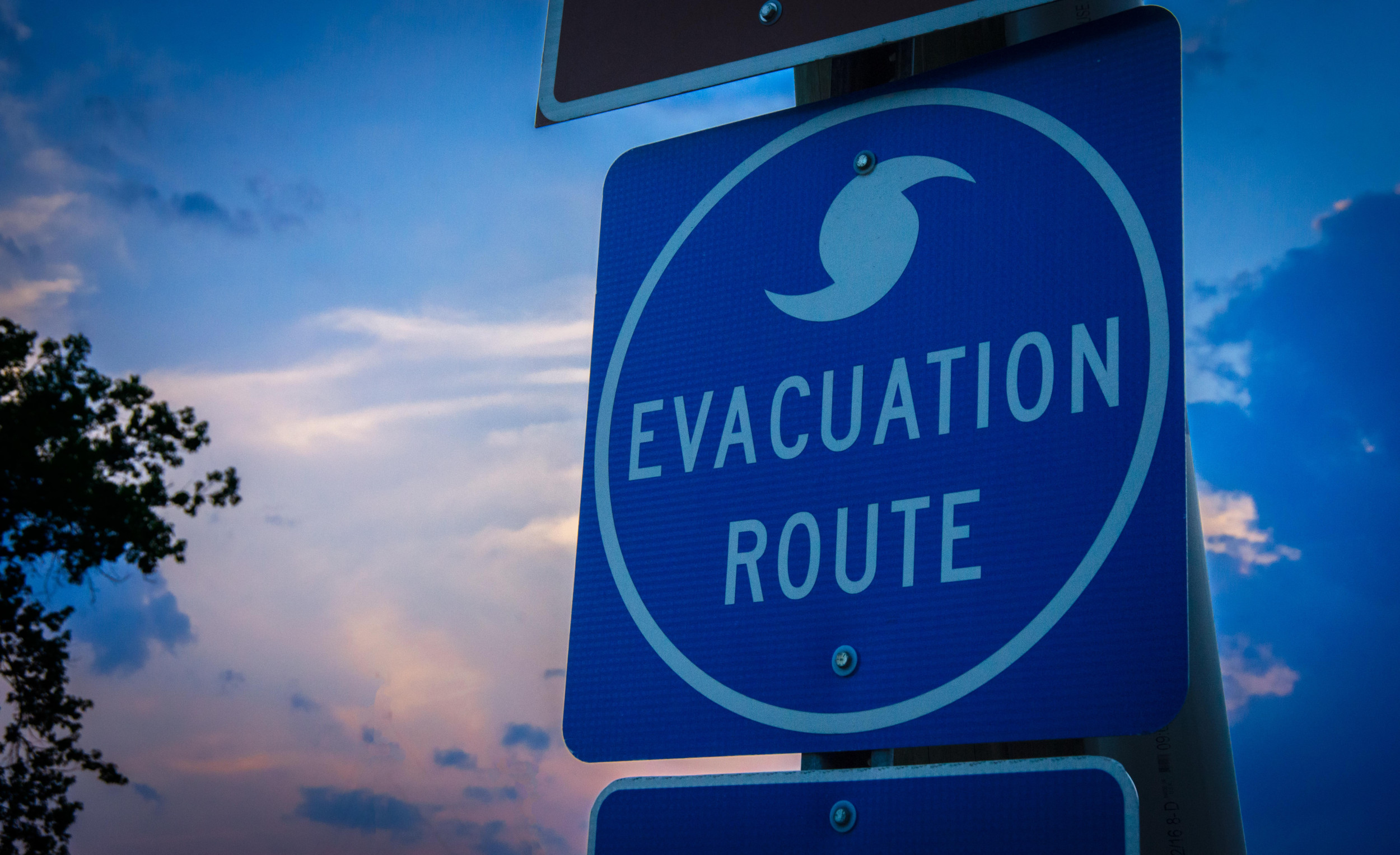Heavy rainfall in Emilia-Romagna, northern Italy, has led to the evacuation of around 1,000 residents. Local media reported that provinces, including Ravenna, Bologna, and Faenza, experienced significant river flooding.
To ensure safety, mayors advised residents to either evacuate their homes or move to upper floors. Around 800 people found shelter in Ravenna, with nearly 200 taking refuge in the Bologna area at schools and sports facilities.
Mayor of Faenza, Massimo Isola, described the night as “dramatic,” sharing with state TV that the rivers threatened to overflow but thanks to recent preventative measures, the city center was spared from flooding.
As a precaution, train services and schools closed in the region, and locals were urged to avoid traveling when possible and to work from home.
Faenza is still recovering from devastating floods in May 2023 that resulted in 17 fatalities and extensive damage costing billions.

Darwin Brandis via Getty Images
In related news, severe floods have also impacted parts of Central and Eastern Europe, resulting in over 20 deaths across countries like Austria, the Czech Republic, Poland, and Romania.
In Greece, dead fish were found in Volos’ port and surrounding rivers following last year’s floods and subsequent droughts.
The National Academies of Sciences, Engineering and Medicine have highlighted that global warming is intensifying extreme weather, leading to more frequent heavy rains and severe storms due to increased water vapor in the atmosphere.
The Academies noted, “A warmer atmosphere over oceans makes it likely that strong hurricanes will produce more rainfall and be larger,” and suggested that climate change also raises sea levels, which compounds the flooding risks during coastal storms.
This article includes reporting from The Associated Press.
